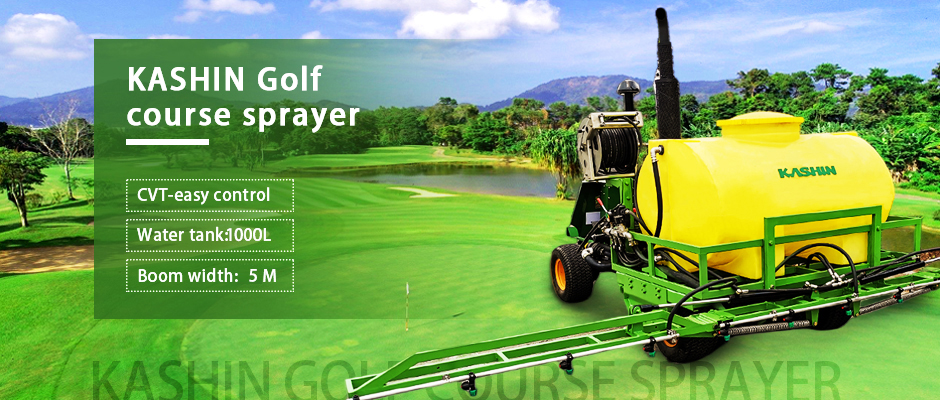Knowing the irrigation amount and irrigation time of the lawn can determine the number of lawn irrigations. After the last irrigation, according to some manifestations of the lawn’s water consumption, when signs of water shortage appear again, the next irrigation can be carried out. The number of irrigation times is affected by various factors. The influence of factors, such as the type of lawn grass, the soil texture of the lawn, the topography of the lawn, the intensity of lawn maintenance, weather conditions, etc.
As a general rule, during the drier growing season, it is best to irrigate once or twice a week. If the soil has the ability to store a large amount of water in the root layer, you can irrigate the total water requirement once a week. In hot and arid areas, the weekly irrigation volume must reach 6cm or more, and it is best to irrigate with heavy water 1 to 2 times a week. Pour sandy soil twice a week, half of the weekly water requirement every 3 to 4 days. For loam and clay loam, it is required to water thoroughly once and then irrigate after drying. The irrigation depth should be 10~15cm.
Lawns usually cannot be watered every day. If the soil surface is constantly moist, roots will grow closer to the topsoil. Allowing the top few centimeters of soil to dry out between irrigations allows roots to grow deeper into the soil in search of moisture. Irrigating too often can also cause problems such as larger diseases and weeds.
Some high-maintenance lawns require daily watering, such as golf putting greens. Green grass is often mowed low so that the roots are only on the surface of the soil. The top few centimeters of soil dry out quickly, and without regular irrigation, the lawn will wilt.
Post time: Jul-15-2024

